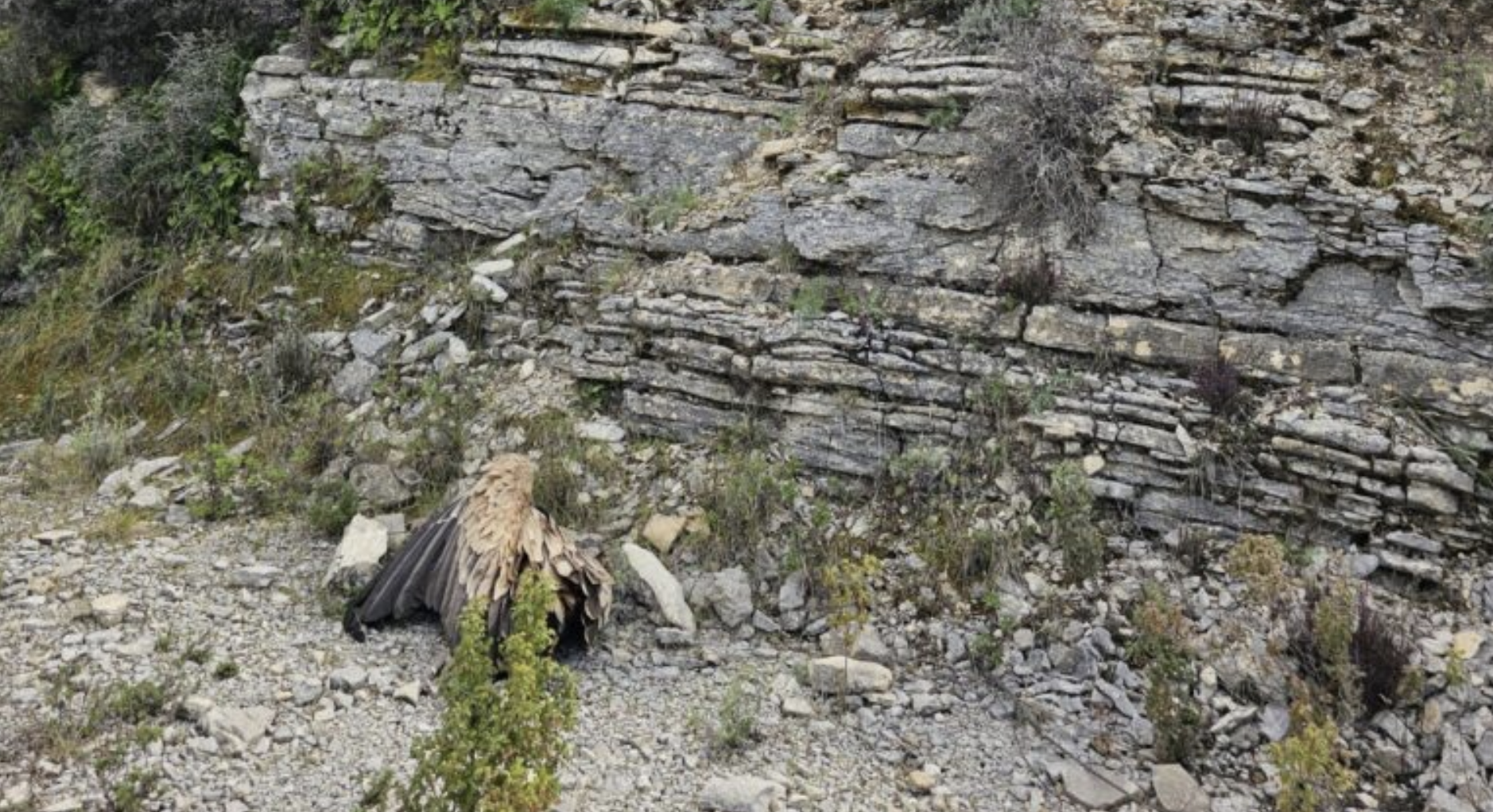
The Griffon Vulture is breeding again in Morocco after 40 years of absence! This excellent outcome comes after implementing a reintroduction programme run by the Département des Eaux et Forêts – Maroc (DEF) in partnership with GREPOM/BirdLife Morocco.
Griffon Vulture reintroduction programme in Morocco
In the north of Morocco, precisely the majestic Jbel Moussa, DEF and GREPOM launched the Griffon Vulture reintroduction programme in June 2020. This programme rehabilitates vultures rescued in a state of distress during annual migration periods and places them in specialised facilities until they recover. For the first time in June 2020, the programme’s team transferred ten adult vultures from the Dream Village Park in Mohammadia to the Jbel Moussa Vulture Rehabilitation Centre (VRC) in order for the vultures to acclimatise to the environment before their release into the wild. During this time, the team closely monitored the vultures’ adaptation, pair formation attempts, and nesting behaviour while also providing regular food to vultures.
The Griffon Vulture breeds again in Morocco
Fast forward six months and the team released 8 of the 10 Griffon Vultures into the wild in January 2021. They released them during the breeding period to encourage the vultures to reproduce in the wild. As it turns out, their efforts were successful! The team continued to monitor the now released vultures and observed breeding signs in the wild from the end of January, with the formation of pairs and mating.
Vultures in Morocco
There used to be five vultures species breeding in Morocco, but today only the Bearded Vulture (Gypaetus barbatus) and the Egyptian Vulture (Neophron percnopterus) continue to breed in the High Atlas Mountains. Notably, the Cinereous Vulture (Aegypius monachus) became extinct in the wild as a breeding species at the beginning of the 20th century and the Lappet-faced Vulture (Torgos tracheliotos) in the middle of the 20th century. In recent years, a higher number of Griffon Vultures (Gyps fulvus) started visiting Morocco thanks to the recovery of the species in Europe, particularly Spain that currently numbers over 30,000 breeding pairs. But, the species has not been breeding in Morocco since the second half of the 20th century, which was also reported within the Vulture Multi-Species Action Plan (Vulture MSAP), co-developed by us at the Vulture Conservation Foundation (VCF) and endorsed by the Convention on Migratory Species (CMS). The key reasons behind the extinction of the species include lack of safe food, poaching, poisoning and habitat loss. A study recently examined the conservation status of vultures and raptors in Morocco, revealing mortality hotspots that need to be addressed to protect these protected bird species.
Stay tuned with vultures news by subscribing to our newsletter!





